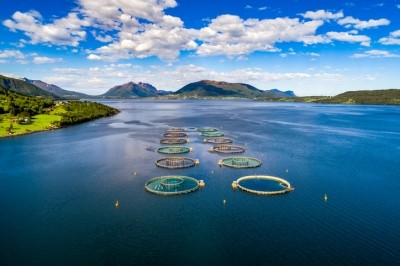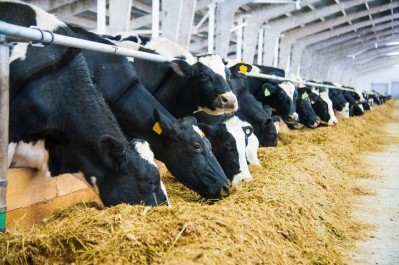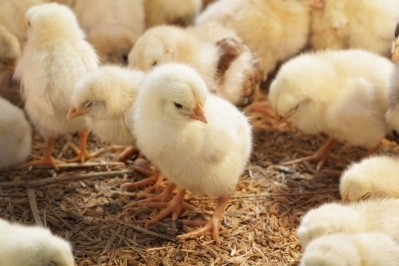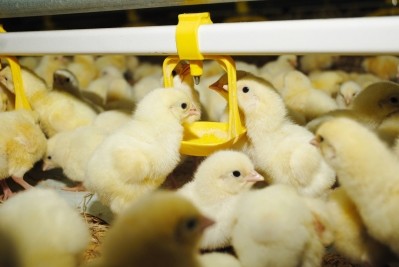Lallemand digs deep to gain new understanding of yeast derivatives

Lallemand said the properties of yeast derivatives - products obtained from inactivated yeast cells - and their ability to adhere to specific bacteria and to modulate the immune system are well known in human and animal nutrition.
But its recent work with research institutes reinforced the fact that these properties are highly strain-dependent and linked to the yeast genome.
Yeast structure and function
The company’s scientific director, Dr Mathieu Castex, told FeedNavigator about the R&D process involved.
“The Lallemand R&D teams embarked on collaborative program in partnership with various institutes to identify and select different strains of inactivated yeast with optimal adhesion properties and immunomodulation.”
Techniques such as atomic-force microscopy (AFM) and single-molecule force spectroscopy (SMFS) were used to screen the different yeasts and their fractions, he said.
“These [techniques] allowed Lallemand to have a better understanding of the relationships between structure and function within yeasts.
Yeast derivatives are usually defined by their quantitative biochemical composition, such as percentage of mannans, ß-glucans, or nucleotides. We discovered that, while these parameters are important, they are not the only ones to consider.
Physical characteristics such as conformation and repartition of the molecules along the yeast cell wall also have a significant influence on the properties of the yeast.
Yeasts’ biological properties are linked to the yeast strain genome but also to the industrial process. AFM has shown that each strain reacts differently depending on the production process. Thus, for each strain, it is essential to determine the ideal production conditions that will yield the desired properties,” said Castex.
He said this insight enabled the company to select strains with different, complementary properties, each with its own optimal production process and combine them in a single formulation.
Trial work
The producer has trialed the yeast product in controlled facilities and in commercial farms:
“In piglets post-weaning, trials have shown improvement of feed intake throughout this sensitive phase. In calves around weaning, average daily weight gain and body weight were also improved, resulting in more homogenous batches.
Similar observations were made in post-weaning goat, showing also improved digestion with fewer cases of bloat and digestive disorders.
In shrimps, we have very good results on survival rate after an early mortality syndrome (EMS) challenge,” said Caroline Desmaizieres, product manager, Lallemand.
She said the company is carrying out additional studies on Yang in piglets and calves to see the effect in the context of antibiotics reduction.
Lallemand pre-launched the product in France last year on the basis that the first trials were done in that market. “Some French feed manufacturers are also testing Yang in the field,” said Desmaizieres.
It is being rolled out globally now. “In the EU, Yang is considered as a feed material so no authorization is needed. But in some markets where registration is required, we are [still] waiting for approval,” she added.











